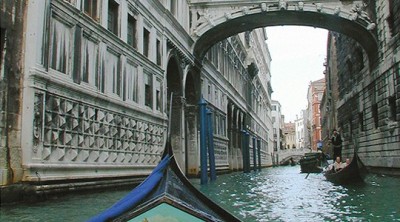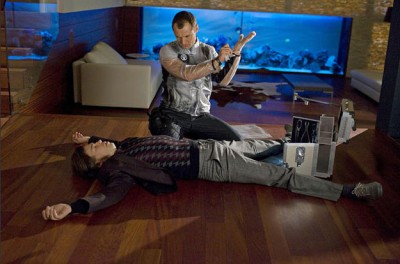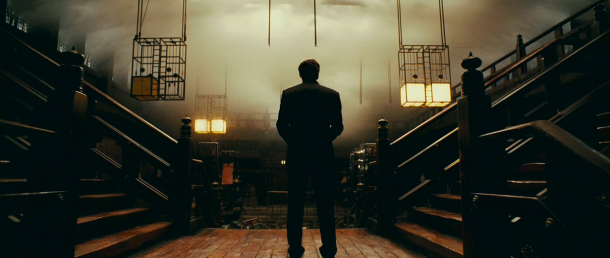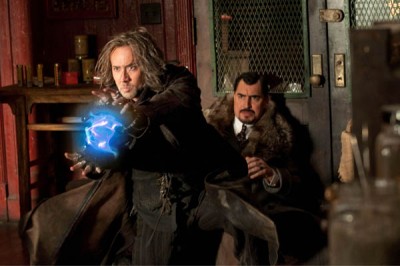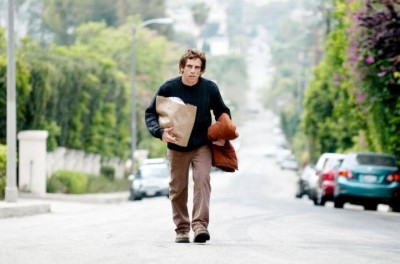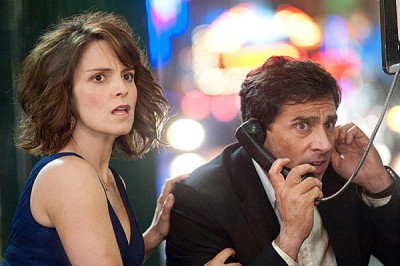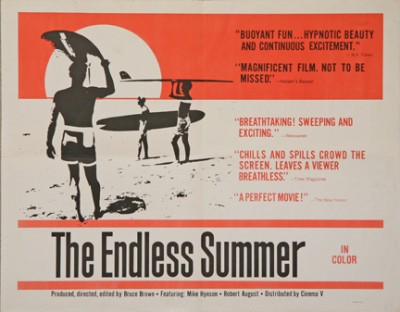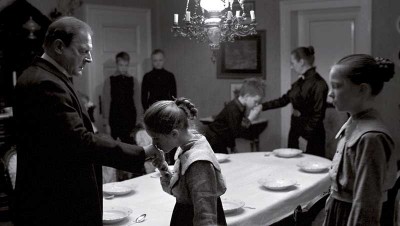Two stories that recently appeared in the news illustrate with striking clarity the chasm that exists between man and tiger. As cynics will claim, it is possible that this gulf is, in part, a result of Mother Nature’s grand design. But it has not always been so markedly divisive or indeed as violent as it now threatens to become. Few will remember the status once held by tigers in everyday American life. To the contemporary American, brought up on Reagan and Chee-tos and sarcasm, the fact that tigers amount to no more than neglected, dangerous fringe figures is simply another statistic for academics to froth over and for politicians to manipulate at will. It will not seem incidental that Arnold Schwarzenegger, in his campaign for the governorship of California California
The aforementioned “fringe” position currently occupied by American tigers is no accident. It is the result of a deliberate and decades-long campaign of dehumanization against tigers that has driven them from the upper echelons of our society down into the depths in which they now are forced to survive. How else to account for the fact that the most famous tigers of our day are either cartoon characters who lisp and/or sell high-sugar breakfast cereals, or are buffoons who caper about in a Las Vegas floorshow, led through hoops and onto large balls by two half-plastic men wearing excellent toupees and more rouge than the best-dressed corpse on Christopher Street? How else to account for the fact that a man in Queens named Antoine Yates got away with “raising” a tiger from cubhood in his apartment (apparently by breast-feeding it himself) and forced it to cohabitate with an alligator? Not only that: Yates also named the tiger Strom. Is this kind of behavior toward tigers indicative of anything other than a bigoted attempt to turn these creatures into sub-mammalian sycophants on the order of Charlie Rose and James Lipton?
It is hardly coincidental that two tigers – almost a continent apart from one another – revolted against their “masters” in the same weekend. After hearing the news, I immediately sensed that something larger was afoot. The phrase “by any means necessary” rang through my brain. I bolted into action, immediately ran out to the nearest shopping complex, and purchased a tape recorder, some glo-sticks, and several sets of false whiskers. I am now in the midst of planning a long investigation, taking advantage of my contacts in the underground tiger culture – contacts I established when, as a boy, I worked the fair and carnival circuit as a Shit-Eater. (Most of my readership will already know that I was the original inspiration for the term “shit-eating grin”; as much as I would like to have the distinction to myself, I must share it with Gore Vidal, who earned it under different circumstances.)
I’ve already spoken to a few of my tiger contacts on the telephone and via e-mail. Duffy, a Bengal who lives in a zoo in
(Just this morning, the Department of Homeland Security’s Tom Ridge announced at a press conference, over lightly-buttered toast, hot granola, and a mango parfait, “We’ve detected significantly increased chatter among organizations who we consider to be potentially violent, uh, militant, or you could say, ‘perturbed’ or ‘upset’ or ‘agitated’ or maybe ‘cheesed off,’ if y’all are trying to, uh, wordsmith these articles you’ll be writing. Anyway, these are organizations made up primarily of tigers and tiger sympathizers.”)
I received this message (typed in Matisse ITC font, a typically charming tiger-like touch) from a contact of mine who works for Jack Hanna, “DON’T GO TO WORK ON NOVEMBER 7, 8, 9, OR 10. YOU’LL KNOW WHAT I MEAN WHEN IT HAPPENS.”
And, there was a note left under my doormat yesterday that contained a detailed schematic of the Bronx Zoo, as well as a list of nuclear facilities within the zoo (there are eight).
But all of this can only be hearsay and speculation at this point. Regardless of the reactions we may have to any real or perceived danger, it’s important to remember – and put into context – the history of tigers in the
As I mentioned, it would surprise many of our young people, and probably a good number of our middle-aged as well, to know that tigers were once captains of industry, athletes, politicians, doctors and lawyers, even artists and writers. Indeed, tigers had reached the very highest levels of acheivement in American life well before the turn of the twentieth century. Andrew Carnegie was a tiger. Clarence Darrow was a tiger. Jack London was a tiger, although he was strongly disliked by other tigers thanks to his obvious (and, in light of his identity, somewhat perverse) predilection for canines. Duke Ellington: tiger. Ernest Hemingway was a tiger; in fact, one reason for the great writer’s madness and eventual demise was the realization that he had become so far removed from his kind that he actively sought to kill, stuff, and mount other tigers. (This revelation is included in John Huston’s unpublished memoir, “Stiff Back, Small Genitals.”) Marlene Dietrich was a tiger. Dwight Eisenhower was a tiger, although he never knew this (not even on D-Day!) until the second term of his presidency. Mamie van Doren was a tiger; Charles van Doren thought he was a tiger, but was not. Orson Welles was a very vocal tiger.
These gifted and articulate tigers were not only legendarily successful during their lifetimes, but were – and are – beloved as iconic figures of our culture.
However, since Dwight Eisenhower left office, tigers have methodically been pushed from positions of prominence and prestige in our country. Note that Orson Welles did not make a studio picture after 1958. Note that Hemingway died in 1961, followed shortly by Faulkner (another tiger). Note the rampant assassinations that took place throughout the 1960s: the victims were all tigers.
There is a simple and straightforward explanation for all of this. Beginning in the early 1960s, catalyzed in part by Eisenhower’s farewell address (but also by social militancy, folk music, and Bob Denver’s growing fame), the American political system was hijacked by a previously-mysterious and little-known race of prehistoric wolf-like beings called lobophelps. Lobophelps descended from
Many think the Iroquois nation was responsible for the first representative government in the
The strikes that took place this past weekend against Roy Horn and Antoine Yates in Las Vegas and New York, however, give us a little hope: that tigers everywhere are coming together to rise up against the scheming, brutal lobophelps who have enslaved them and finally restore themselves, and our country, to some semblance of their former glory. As for myself, I plan to follow all related developments and chronicle what may turn into the next great social – and perhaps, indeed, political – revolution of our nation’s history. My investigation is just getting started.



